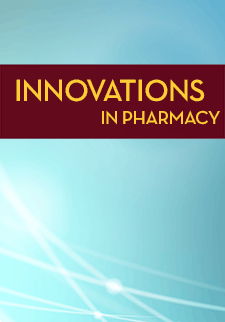Patient Assessment Skills Pertinent to Practicing Pharmacists
Jennifer A. Wilson
Rashi C. Waghel
Danny Salem
DOI: https://doi.org/10.24926/iip.v6i2.380
Keywords: pharmacists, clinical skills, patient care
Abstract
Objectives: To describe pharmacists’ opinions regarding which patient assessment skills are necessary to understand and/or perform to provide optimal patient care in pharmacy practice.
Methods: An online questionnaire was distributed to pharmacists licensed in North Carolina (n=14,167), as identified by the Board of Pharmacy. The 80 patient assessment items in the questionnaire were derived from a course text book and faculty experience. Participants indicated whether they “need to understand and be able to perform”, “need to understand only”, or “not need to understand or be able to perform” each item in their current practice setting. Descriptive statistics were used to describe background demographics and perceived need for each item. Post-hoc chi-square analyses were performed to determine differences in need based on practice setting and Pharm.D. degree completion.
Results: Of 1036 responses received, 770 were used in data analysis; incomplete questionnaires and non-practicing pharmacist responses were excluded. Fifty-nine percent of respondents held a Pharm.D. degree. Participants identified their practice site(s) as inpatient (29%), outpatient (16%), community/retail (50%), long term care (5%), and other (8%). The top five patient assessment items respondents identified as important to understand and perform included automatic blood pressure measurement (63%), point of care testing (57%), manual blood pressure measurement (53%), heart rate measurement (52%), and peak flow meter use (47%). Post-hoc analyses showed a significant difference among those with a Pharm.D. versus those without for the response “need to understand and be able to perform” for 20 patient assessment items; a significant difference was also noted among practice settings for 29 items.
Conclusions: The top items pharmacists identified they need to both understand and perform could be applied in various practice settings. The study results may guide which patient assessment items should be included in pharmacy education and training.
Type: Original Research


